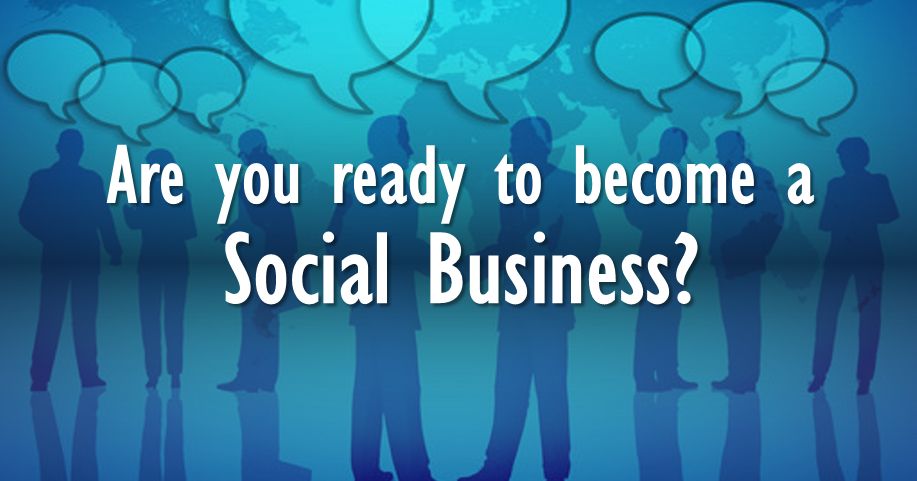I just spent 40 minutes on hold trying to talk to a TV/internet company. Chances are you have been in a similar situation where you have been waiting while you hear a recording (over and over) like the one I was hearing “Due to higher than expected call volume you have waited longer than we would have liked to. Your call is important to us”
It seems the call volume is always higher than expected. Saying this sounds like a lie. It starts eroding trust before I have spoken a word with a “customer service: representative. Dear company: If my call is important to you , why don’t you hire more people to talk to customers?
With all the talk about customer experience and loyalty, you would expect companies would know better. Especially in a space that is fairly commoditized and in decline: cable TV is probably going the way of the landline phone and movie rentals, it’s a matter of time until we get all our TV on demand.
I have four or five companies I can choose from for internet and TV service. Their service is pretty much the same. All of them offer VoIP phone, HBO, 200+ channels, HD, DVR, etc. Looking at their advertisements and promotions it looks like they are all competing on price. I asked around the office, and most of my co-workers shared stories of poor service with their current provider. It was pretty uniform. This seems to be a market where a company that focuses on service could stand out.
A great customer experience would be a good strategy to differentiate in a commodity market and to keep more paying customers. Over the last 5 years I have spent more then $7,000 with this company. Add wireless service and the average lifetime customer value is probably much higher than that. Right now I am about to cancel my service and take may business elsewhere.
If the waiting message was completely truthful it would probably say something like: “Due to our executives being unable to understand and quantify how wait times and customer experience correlate with customer loyalty and revenue, we have not hired enough staff to respond to customers in a timely manner. Your call is a cost to us, one that we try to avoid, not an opportunity to engage and satisfy customers. Thank you for waiting and keeping our costs low.”
That’s where the rubber meets the road. Over the last 10 years there has been a surge of companies who have Chief Customer Officers, customer advocates and other organizations who are tasked with transforming the organization. I was one of them – for a few years I was the SME in charge for Broad Customer Connection at a Fortune 50 company, even if it was not my full time job.
The problem is that while companies who create these teams have the best of intentions, often times the customer experience teams are not really empowered to make the transformational changes in the organization and end up doing surveys that no one reads. Even when there is a level of empowerment, when it comes down to dollars and cents it takes a real commitment to customer experience to make the hard decisions. This only happens when the people in charge fundamentally understand and believe in the financial mid and long-term benefits of customer experience.
For customer experience to be successful, it needs to drive the company strategy. From defining the culture (look at Zappos) to making financial commitments to go beyond the customer expectations. At Rackspace, for example, there are no call centers, no ‘hold’ music, and no customer service representatives. Customers wait an average of 6 seconds to talk to a technical person who will take ownership of solving their problem.
You don’t want to have a customer experience team that ends up doing stupid surveys as David Meerman points out in his latest post. Providing an acceptable customer experience is no longer optional. Building a company to deliver great customer experiences can be a source of sustainable competitive differentiation and a successful business strategy.



